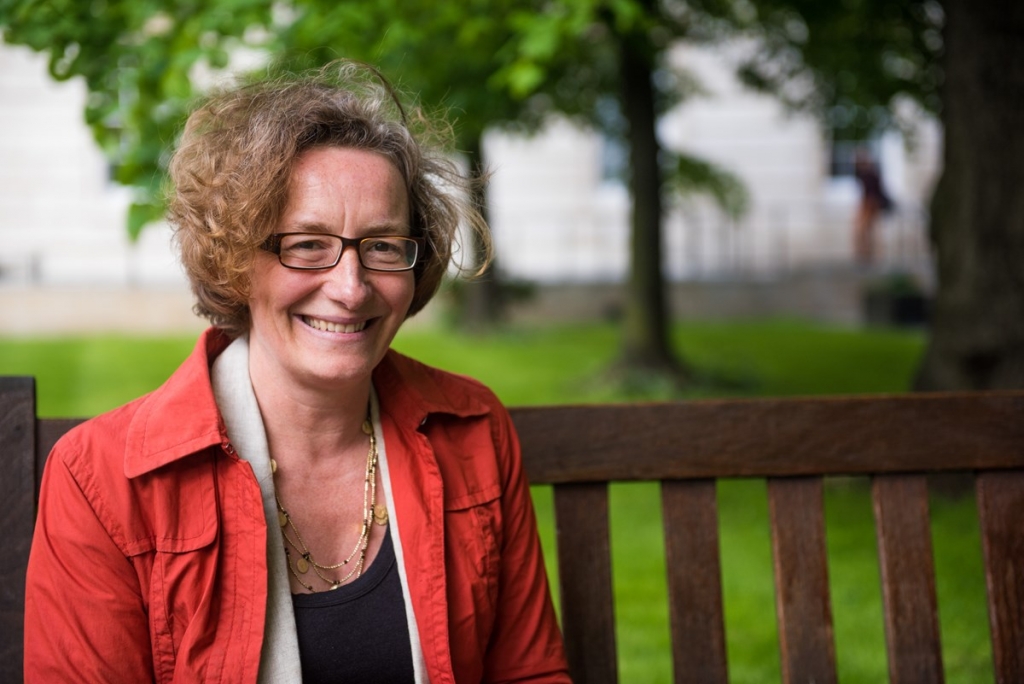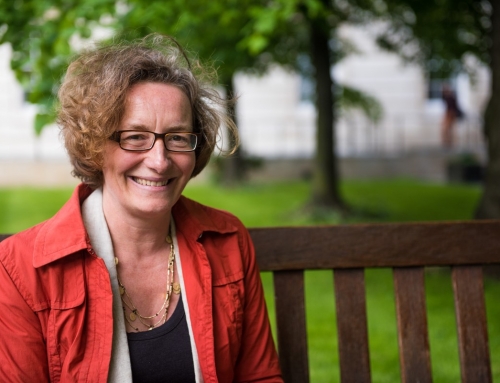We last wrote about AIM-listed Good Energy over a year ago (8 May 2018). We said then that the company had had a challenging year in 2017. When the final results were released on 21 March 2018 they showed that gross revenue had more than held up – at £106 million it was 16.6 per cent up on 2016. But profit before tax for continued operations was some 63.7 per cent lower at £0.7m.
The group said the fall in pre-tax profits was largely due to the losses of £4m from discontinued operations. This meant the sale of some of Good’s own generating assets had affected the income stream. In reality, though, the real problem lay elsewhere. The share price had not collapsed completely bombed but had dropped off considerably
Now, a year on, the question is whether Good’s situation has improved. The answer is yes, it has a bit. But the company still has some way to go to –re-enter the kind of comfort zones it used to enjoy. All in all, the final results for 2018, released earlier this year, were mildly pleasing. Gross revenue was £116m up 11.9 per cent on 2017.It was driven by business supply volume growth, a price rise implementation, imposed earlier than in previous years; and extreme weather conditions in the early part of the year. Profit before tax for continued operations was £1.7m compared to the £0.7m in 2017, an increase of 132 per cent.
Juliet Davenport OBE founded the company in 1999 and remains the CEO to this day. Her aim from the start was to tackle climate change by generating and investing in 100 per cent renewable energy projects. These would be powered by independent producers and its own generating assets. Good also pioneered a more localised approach to energy by supporting home generation, launching the HomeGen scheme which became the blueprint for the feed-in tariff (FiT).

Juliet Davenport OBE, CEO and founder of Good Energy
By 2017 however, Good had become mature. The decentralised business-to-consumers (B2C) model had shown vertiginous growth in customers over the years, but the bonanza seemed to be over. Moreover, in 2017/18, the energy supply market became fiercely competitive because of the government’s policy of “switching”. That is the recommendation that domestic consumers should find cheaper suppliers than the ‘big six’ cartel of energy utilities, that includes British Gas, EDF, E.ON, Scottish Power, SSE and Npower.
These had dominated the domestic energy consumers market with high prices to the tune of over 80 per cent of the market for years.
Accordingly, it has moved on several fronts. First, it started to consolidate its position in the retail market. Second, it made a good impression on expanding into the business-to- business (B2B) market as opposed to its business-to- consumers (B2C) operation; that is to say the above- mentioned retail business. Third, and crucially, in 2017 it launched its Fit for Growth FIT) programme to invest in new systems and digital technologies. Fourth, it decided to downsize its power generation sector.
In terms of retaining its retail customer base it has improved its chaotic billing system which caused mayhem in 2017 and part of 2018. It also now offers better propositions and customer service together with improved content and communications. As for B2B, the group’s overall supply revenue grew by 16.7 per cent to £99m in 2018 and this was mainly driven by a growth in business customer volumes which increased by 46 per cent. In 2018 business volumes increased by 23.2 per cent while domestic volumes were down 1.2 per cent.
Besides going digital to improve its systems there are also new areas known as energy services in FiT. There has been an increased roll out of improved and new smart meters. In 2017meters grew by 8 per cent adding 10,695 new FIT installations, making 143,607 in total. This roll out apparently continued strongly in 2018, although Good has not quantified by how much.
In late 2017 the company joined new strategic partners in product development such as the launch of a pilot project with New Motion for electric vehicle charging stations. Also, it partnered with the Eden Project for its battery storage operation in Q4 2017.
Not many projects of this ilk were made in 2018, according to the company’s news releases.
But in March 2019 the company took a stake in Zap-Map, an app with an option that identities the location and availability of charging points. Good Energy has initially bought 12.9 per cent of New Green Car, the owner of Zap Map with an option to increase to 50.1 per cent in the next two years. Zap-Map has 70,000 monthly users with 11,000 charging devices located across service stations, car parks, retail sites and private driveways.
As for its own generation, after divestments Good Energy now has six solar sites and two wind farms with a capacity of 47.5MW of installed capacity. This compares with installed capacity of 52.5MW in 2017. The share price for the £22,67m market cap company before the weekend was 136.50p. This was against a 52-week low of 87p and a high of 159p.




